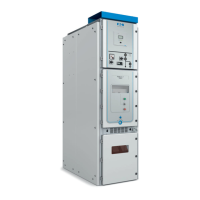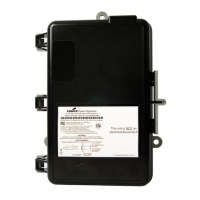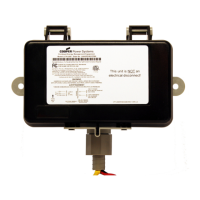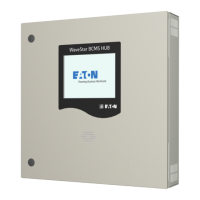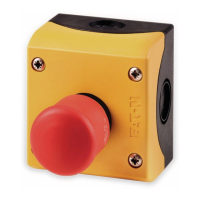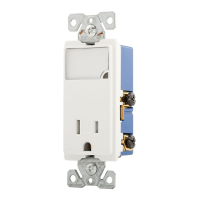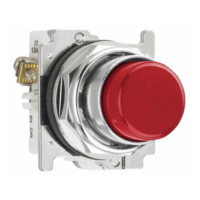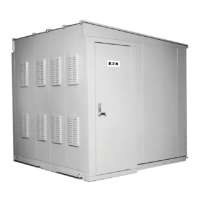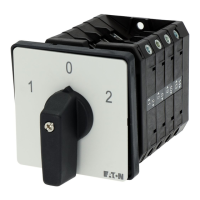KS 3-2010
Page 10
If the damage is extensive, or cannot be corrected by dressing the surfaces, the damaged parts should be
replaced if they are intended by the manufacturer to be replaceable. If the damaged parts are not intended
to be replaceable, the complete switch and/or bus connections should be replaced.
5.2.2.2.2 Aluminum wire connectors and bus bars cannot be cleaned or repaired; therefore, they must
be replaced.
5.2.2.2.3 If wire conductors are damaged, the damaged lengths of the conductors should be cut off
before reinstalling the conductors. (See 5.4.)
5.3 Fuse Provisions
5.3.1 If the switch has fuses and a fuse base, visually check the fuse connections to the switch for
evidence of looseness, overheating, or arcing on the fuse clips or mounting arrangements for
the fuse. (See 4.3.2.4.)
5.3.2 If the connecting surfaces show evidence of overheating, the switch and fuses should be
replaced.
5.3.3 If there is no evidence of overheating or looseness, do not disturb or tighten the connections.
5.4 Wire Connectors
5.4.1 If conductors are removed from the wiring connectors, the following steps should be performed.
5.4.1.1 Examine wire connectors. If the wire connectors appear to be in good condition, they may be
reused. If the connectors, screws, or their plating appear worn or damaged, or there is evidence
of cross threading or binding, the connector assembly should be replaced.
5.4.1.2 If the wire conductors are damaged, the damaged wires should be repaired or replaced.
5.4.1.3 When required, an oxide inhibiting compound should be applied.
5.4.1.4 All wire connectors should be torqued in accordance with the nameplate marking or the switch
manufacturer's instructions.
5.5 Reinstallation Procedure
If the switch needs to be reinstalled or replaced, follow the safety installation procedures given in 2.3.
© Copyright 2010 by the National Electrical Manufacturers Association.

